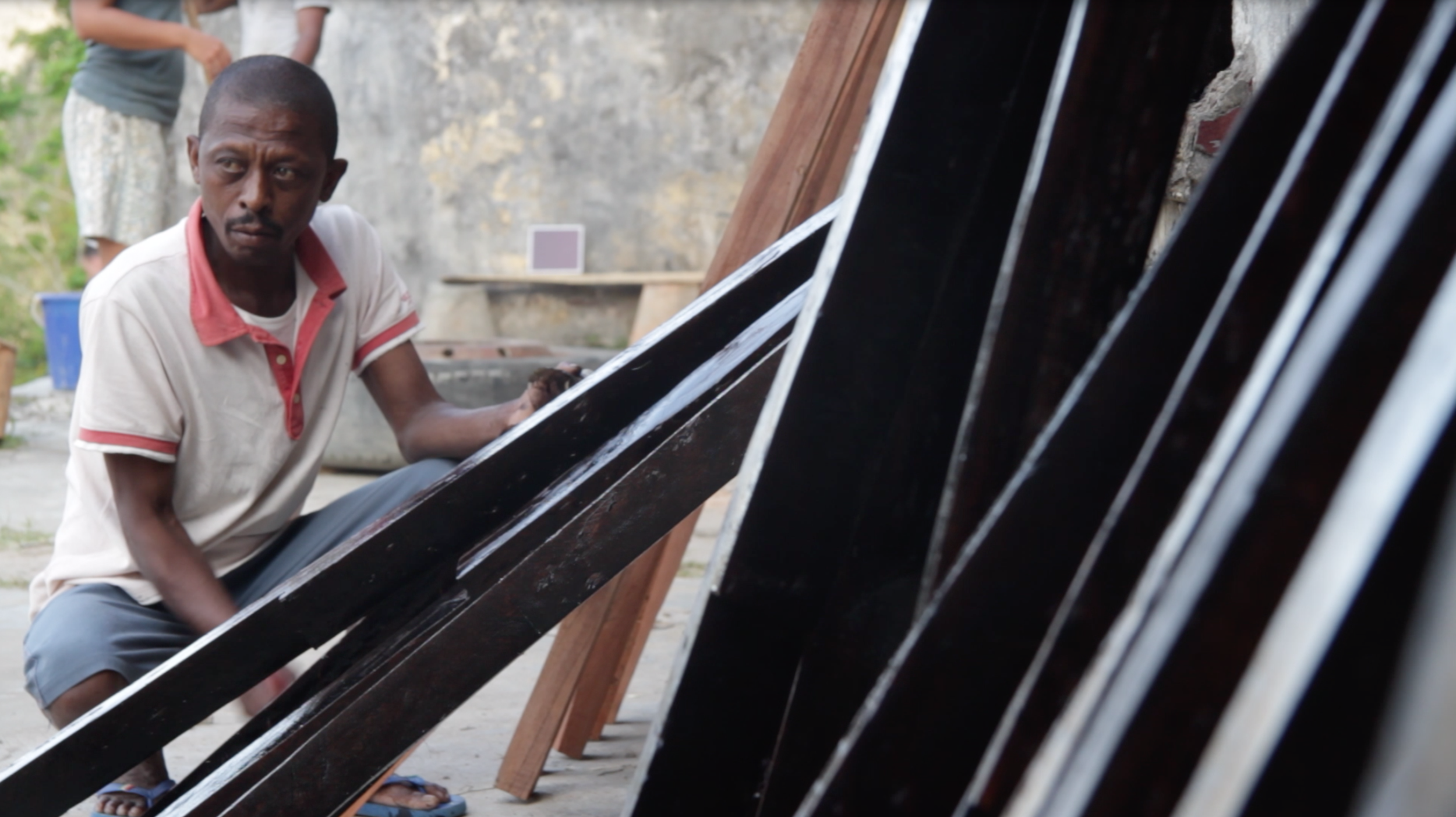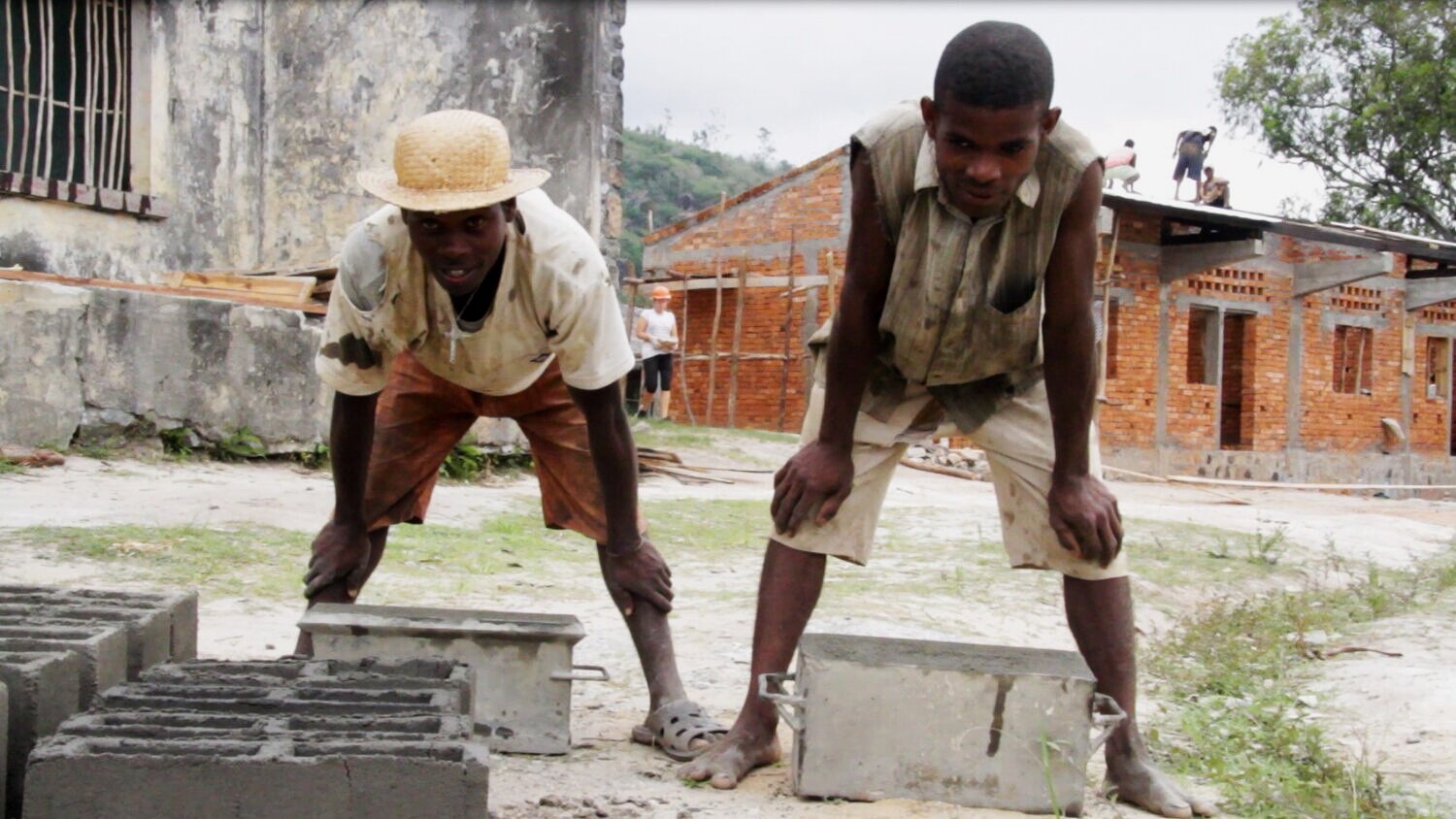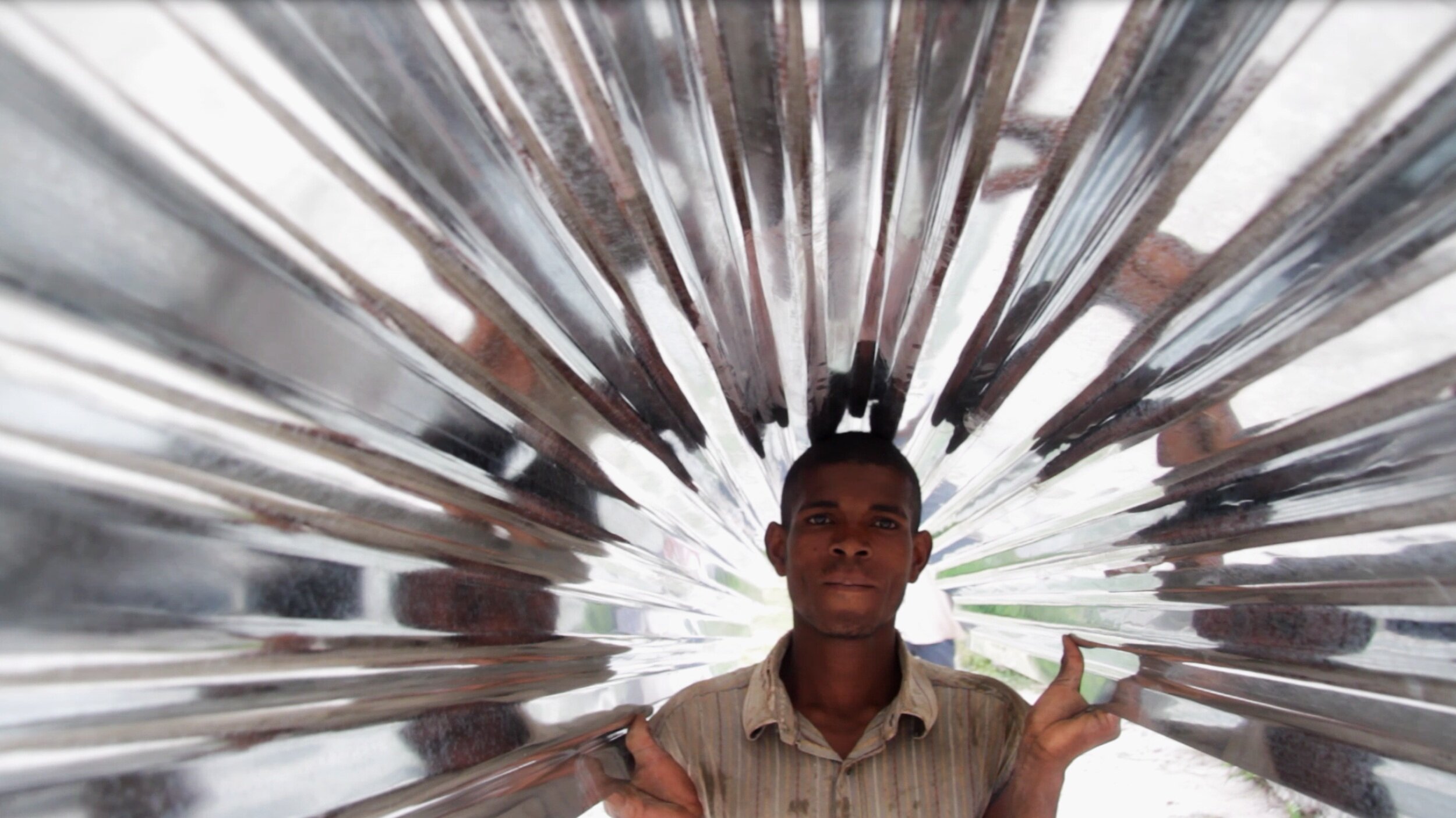MEET THE TEAM BEHIND SEED MADAGASCAR 2015
Mahatalaky, Anosy Region, Madagascar
A four-wheeled lorry bus takes us on a bumpy journey across rough tracks that have been recently hit hard by tropical rains. We’re on the road to Matalakay, a small, beautiful village nestled among mountain ranges that drop off to the ocean.
The assignment, to document the volunteer program run by SEED Madagascar (formerly Azafaday). SEED (Sustainable Environment, Education and Development) Madagascar is a holistic, community-driven non for profit which operates in the south-east of Madagascar.
The SEED volunteer program offers people the opportunity to make a meaningful difference to the lives of others in a short space of time. Their role is to assist the local Malagasy team of skilled tradesmen with all aspects of community construction projects. Deputy Director Tsina Endor and Head of Construction Mahalomba Hasoavana, or Lombo as he is affectionately known were able to sit with us and give more information about the program.
EXTRACT FROM INTERVIEW:
Azafady is a big organisation, and construction is attached to the health program. As it grows bigger it has become its own department. So we do school, we do bench, we do latrine. There are lots of requests from the community for help. We work in the place called Matalakay.
This place has been abandoned by the government for a long time, and so it is Azafady who opened up a new door for the community. They see the volunteer working and that makes them realise how important the work they do here is. Each volunteer who comes leaves their footprint
Sekoly is inaccessible by car and the school used to be in good condition but now it is falling apart, the roof is rusting, the wall is cracking and it is in really bad condition. My team have looked at the building closely and are now doing estimation costs. Now we are moving on school repair as well.
- Mahalomba Hasoavana Head of Construction
What can a volunteer expect when they join one of SEED Madagascar’s pioneering programs?
We work with our hands. There is no machines. You see how people accept you into their community.
- Tsina Endor Deputy Director
Gravel to mix with cement is in fact cut down by hand.
When people come from home they should expect something very basic, that is similar to the Malagasy way of life. You will work with your hands. There is no machine. And you will see how people accept you into their community and into their life. The Malagasy people are among the most welcoming community in the world, they are happy to share their experience with you. So I think that is what people can expect.
- Tsina Endor Deputy Director





